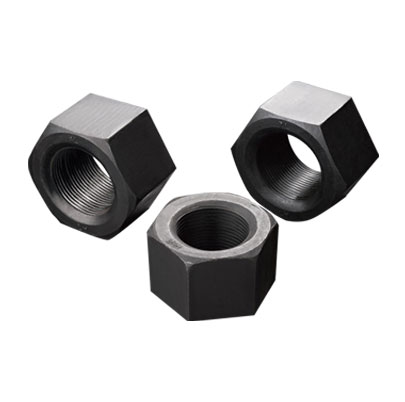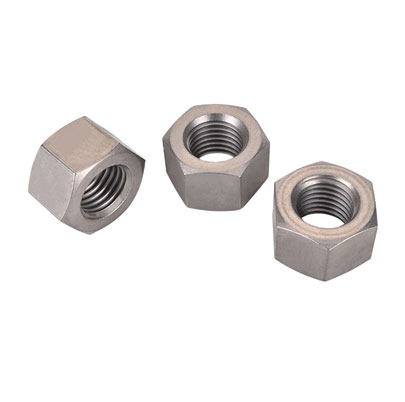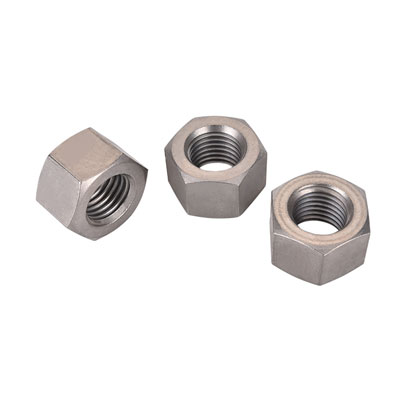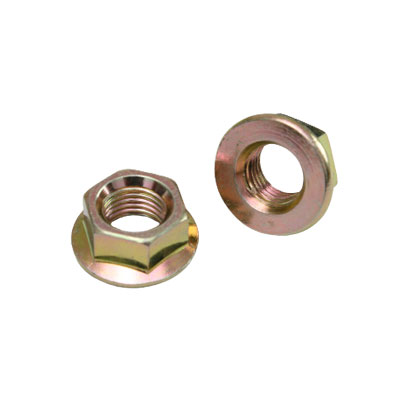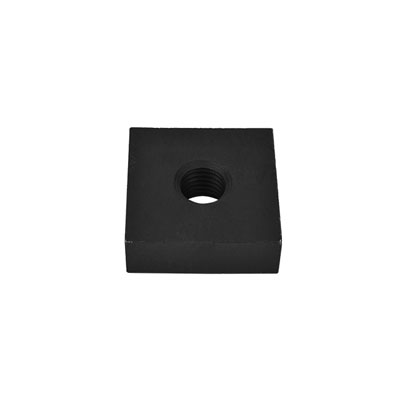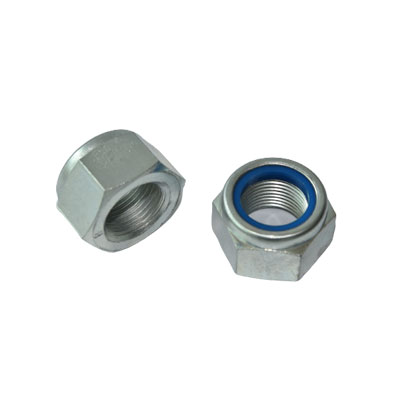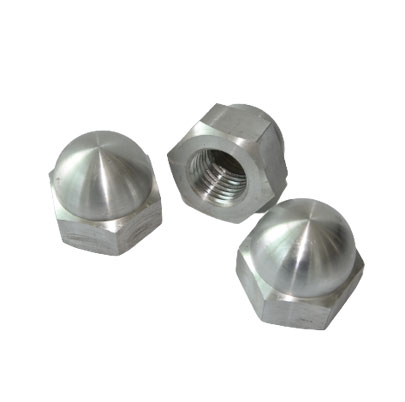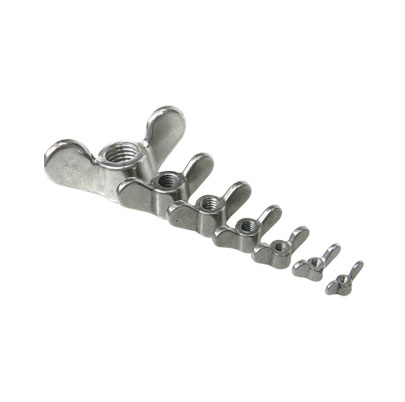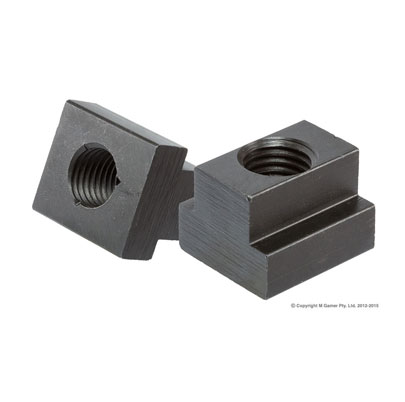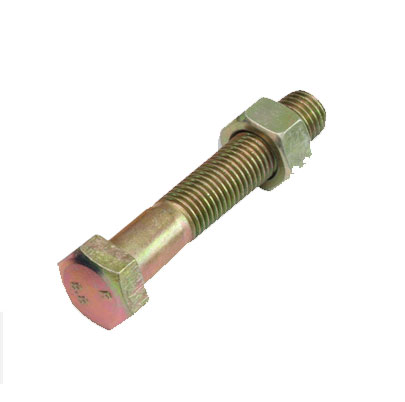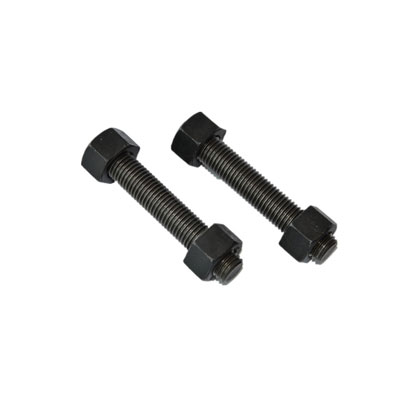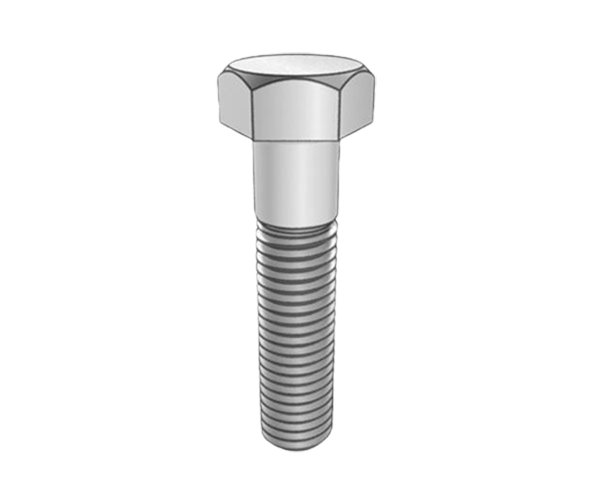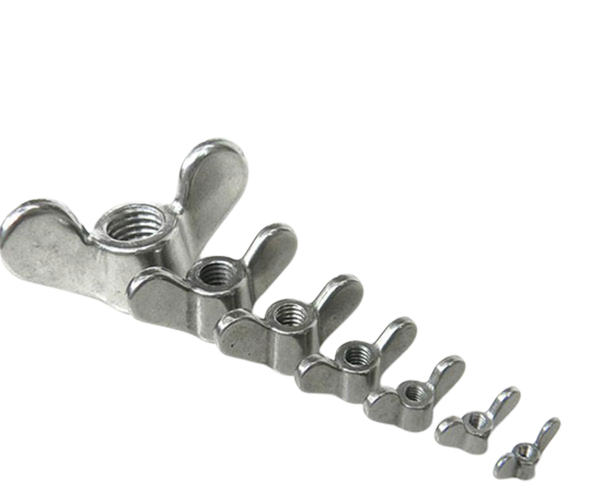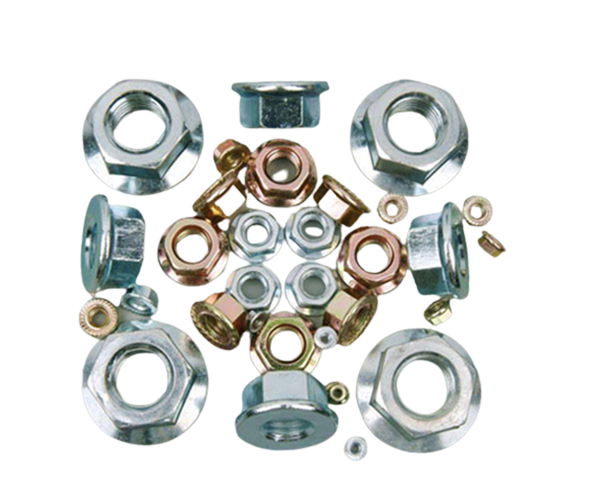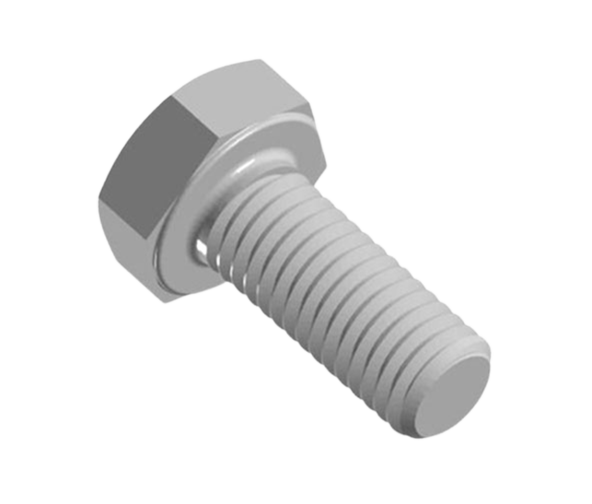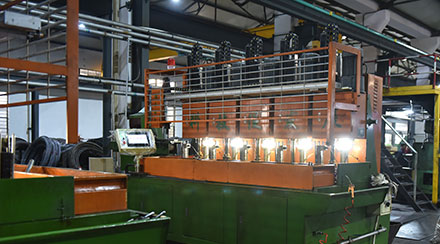Threaded rod, also known as a stud, is a long rod with continuous threading that runs along its entire length. Threaded rods play an essential role in various industries, including construction, automotive, plumbing, and electrical. These rods are used to fasten structures and components securely, making them function correctly. If you are curious about how threaded rods are made, then this blog is perfect for you. In this article, we will take you through the production processes involved in threaded rod manufacturing.
Raw material selection
The first step of threaded rod production involves selecting the raw materials. The primary material used is stainless steel, but other materials such as carbon steel, brass, and aluminum can also be used. The selected raw materials are then prepared by cutting them into appropriate lengths.
Thread rolling
The next step is thread rolling, where a rod is continuously rolled through a set of dies to create threading along its length. Thread rolling is done using hydraulic or mechanical machinery, which applies intense pressure to deform the material while passing it through the dies. The threaded rod factory uses a variety of thread rolling processes, including flat die thread rolling, radial die thread rolling, and planetary thread rolling.
Heating and annealing
After thread rolling, the rods are put through a heating process known as annealing. This process involves heating the rods to extremely high temperatures and then allowing them to cool slowly. Annealing makes the rods more malleable and easier to work with, reducing the risk of cracks and other defects during the manufacturing processes.
Cutting and finishing
After annealing, the rods are cut into appropriate lengths using cutting machines. The cut rods are then subjected to tumbling or polishing to give them a smooth finish. This process is done using a range of abrasive materials, including sand, ceramic pellets, or steel shots. After tumbling or polishing, the rods are inspected for defects and quality assurance.
Threading and inspection
The final step by threaded rod manufacturer is threading, where the rods are threaded again using specialized machinery. The rods are inspected again for threaded accuracy, straightness, and defects, and are then packaged and prepared for shipping.
Threaded rod manufacturing is a complex process that involves several steps, from selecting raw materials to inspecting finished products. The threaded rod factory uses specialized equipment and machinery to ensure that all rods meet the strict standards for quality and accuracy. Hopefully, this article has given you a better understanding of the production processes involved in threaded rod manufacturing. If you need high-quality threaded rods for your construction or manufacturing needs, contact a reputable threaded rod factory that can provide you with the best products.
 English
English
